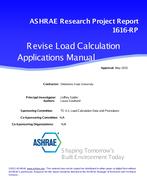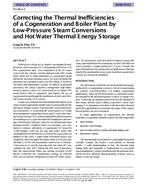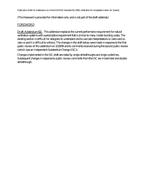Cold storage systems are sized on the basis of economic considerations and constraints imposed by the cooling system components. A cost optimal analysis is presented for sizing cold storage equipment and a chiller. The analysis is based on life-cycle costs with energy rates for the City of Seattle. The optimal operating protocol for storage charging and discharging is determined by a dynamic programming method that minimises the operating cost over an entire year. A sensitivity analysis is presented to provide insights into the importance of electricity rates and demand charges as they affect the optimal size of the storage and the chiller. Due to the extensive computation times for a whole year’s optimisation, a reduction of the time horizon was investigated. Discusses the economics of reducing the electric power demand during peak periods in terms of the reduction of peak electric power (kW) and electric energy (kWh). Discusses the incremental cost for implementing full storage operation in which the entire cooling load is produced during off-peak hours.
KEYWORDS: year 1995, costs, economics, load management, cold rooms, chillers, optimisation, sizing, service life, electricity consumption, USA, off peak electricity
Citation: ASHRAE Trans. 1995, Vol.101, Part 2, Paper number 3929, 539-548, 11 figs., 2 tabs., refs.
Product Details
- Published:
- 1995
- File Size:
- 1 file , 1.2 MB
- Product Code(s):
- D-17132


